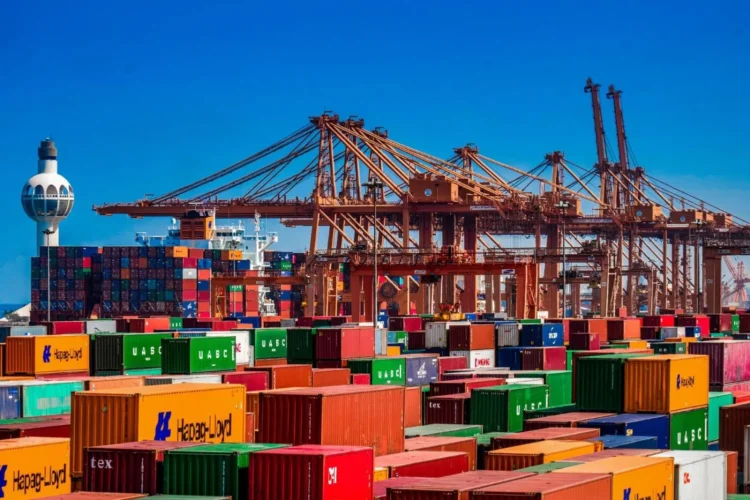Publisher: Maaal International Media Company
License: 465734
Saudi Budget: Non-oil revenues grow 5% to SAR 263.7 billion during H1 2025, accounting for 46.6% of revenues
اقرأ المزيد
Data from the Saudi budget quarterly report for the second quarter of this year revealed that non-oil revenues continued to grow, reaching SAR 263.7 billion by the end of the first half of this year, a 5% increase over the same period last year. This represents 46.6% of Saudi budget revenues in the first half of this year, reflecting the continued momentum of growth in the non-oil sector of the Saudi economy.
With non-oil revenues reaching SAR 263.7 billion during the first half of this year, if growth continues at this rate, non-oil revenues are expected to exceed SAR 500 billion by the end of this year. This indicates the significant shift in the structure of government revenues, which the reforms of the Kingdom’s Vision 2030 have succeeded in decoupling from developments in global oil prices and oil sector revenues. In 2024, non-oil revenues will reach approximately 472 billion riyals, compared to approximately 458 billion riyals in 2023, representing an increase of 14 billion riyals, or 3%. This means that the pace of growth during the first half indicates growth of approximately 5% this year.
Since the launch of Vision 2030, the Kingdom has made the transition to the non-oil sector its main theme and the primary focus of action, at the intersection of all initiatives and policies stemming from the vision. In recent years, the non-oil sector in the Kingdom has witnessed significant transformations, becoming a primary driver of the Saudi economy alongside the oil sector. This is in light of the momentum the Saudi economy is witnessing across all sectors. International institutions, most notably the International Monetary Fund and the World Bank, have confirmed that the strong growth of the non-oil sector significantly supports the continued recovery of the Saudi economy, regardless of developments in global oil markets. Data shows that non-oil revenues have grown gradually and strongly over the past few years since the implementation of Saudi Vision 2030, doubling during the period (2016-2024), rising from approximately 186 billion riyals in 2016 to approximately 472 billion riyals by the end of 2024, a 154% increase. The data also show that the contribution of non-oil revenues to total Saudi budget revenues rose from 36% in 2016 to a peak of 47.2% in 2020, before declining to 41.8% and 32.4% in 2021 and 2022 due to rising global oil prices and increased oil revenues. However, in 2023, non-oil revenues rose again, accounting for approximately 38% of Saudi budget revenues before reaching 38.4% in 2024. In the first half of this year, they again accounted for 46.6% of total revenues. Saudi Arabia’s non-oil budget revenues are a result of reforms and restructuring of the Saudi economy. The tax system has contributed to achieving financial stability for the budget and breaking the historical link between the state budget and global oil prices. Taxes have become a primary and stable source of funding for government expenditures, independent of the fluctuations in global oil markets.
After approximately eight and a half years of implementing Saudi Vision 2030, the Public Investment Fund’s investment revenues have become a major source of funding for the Saudi budget, thanks to the fund’s domestic and foreign investments. The fund has become the third-largest sovereign wealth fund in the world, with assets reaching $1.152 trillion by the end of 2024.
Related








